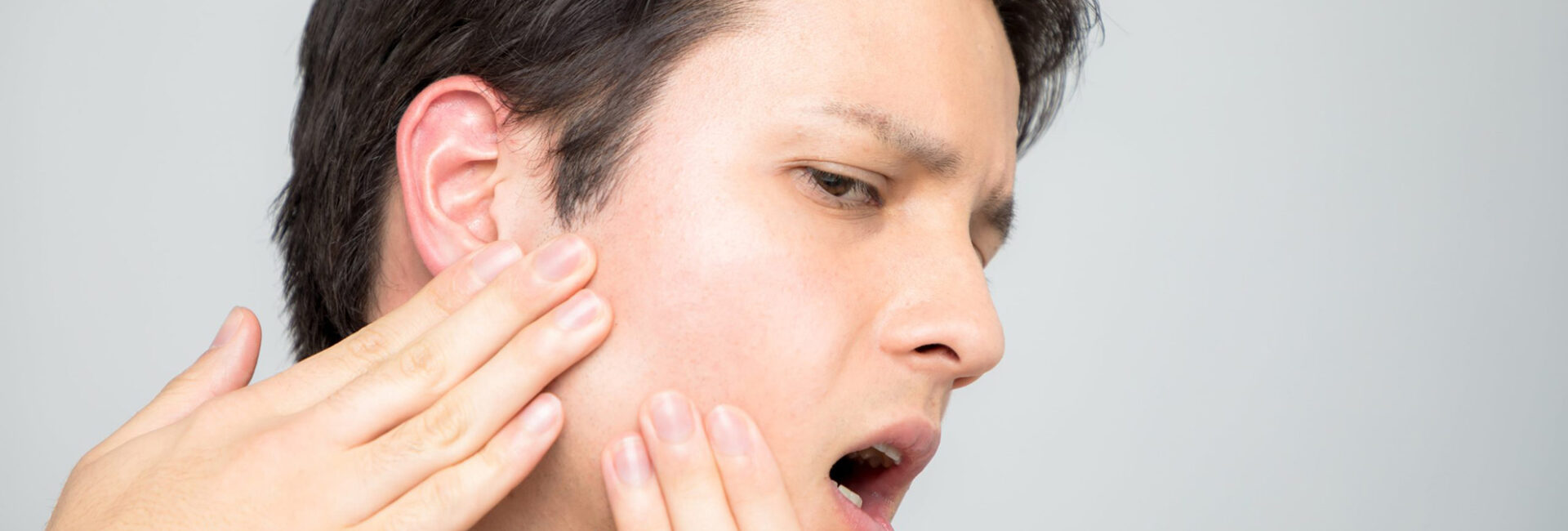
Do you ever experience pain or discomfort in your jaw? Does it feel like your jaw is popping or clicking when you open your mouth? If so, you might be dealing with a common condition known as temporomandibular joint (TMJ) dysfunction. In this article, we’ll explore TMJ dysfunction, its symptoms, and treatments for temporomandibular joint dysfunction.
What is TMJ Dysfunction?
The temporomandibular joint on each side of your head connects your jawbone to your skull. It allows you to move your jaw up and down and from side to side, enabling you to talk, chew, and yawn. When this joint is not functioning properly, it can lead to a range of symptoms collectively known as TMJ dysfunction. It tends to be a women’s health issue more than men’s.
Symptoms of TMJ Dysfunction
TMJ dysfunction can manifest in various ways, and its symptoms can vary from person to person. Some common signs of TMJ dysfunction include:
- Jaw pain: Pain or tenderness in the jaw joint or surrounding muscles is a key symptom of TMJ dysfunction. The pain may be dull and achy or sharp and intense, and it can occur on one or both sides of the face.
- Jaw clicking or popping: You may notice a clicking, popping, or grating sound when you open or close your mouth. The irregular movement of the joint causes this sound.
- Limited jaw movement: TMJ dysfunction can restrict the range of motion in your jaw, making it difficult to open your mouth wide or move it from side to side.
- Ear pain: TMJ dysfunction can cause referred pain, leading to discomfort in or around the ears. Some people also experience tinnitus (ringing in the ears) or a sensation of fullness in the ears.
- Headaches and facial pain: TMJ dysfunction can contribute to frequent headaches, particularly in the temple area, as well as facial pain or discomfort.
Treatment Options
If you suspect that you have TMJ dysfunction, it is important to consult with a healthcare professional, such as a dentist or an oral and maxillofacial specialist. They will evaluate your symptoms and recommend the most appropriate treatment plan for you. Here are some common treatment options for TMJ dysfunction:
- Self-care measures: In mild cases, self-care techniques can provide relief. This may include applying moist heat or cold packs to the affected area, eating soft foods, avoiding excessive jaw movements, and practicing stress-reducing techniques.
- Medications: Over-the-counter pain relievers, such as nonsteroidal anti-inflammatory drugs (NSAIDs), can help alleviate pain and reduce inflammation associated with TMJ dysfunction. Sometimes, your healthcare provider may prescribe muscle relaxants or tricyclic antidepressants to manage symptoms.
- Dental treatments: If your TMJ dysfunction is caused by bite misalignment or teeth grinding, your dentist may recommend oral appliances, such as splints or mouthguards, to help reposition your jaw and protect your teeth.
- Physical therapy: Certain exercises and stretches can help improve jaw mobility and strengthen the muscles around the joint. A physical therapist can guide you through these exercises and provide additional therapies, such as ultrasound or moist heat, to reduce pain and improve function.
- Invasive procedures: In severe cases of TMJ dysfunction that do not respond to conservative treatments, surgical interventions may be considered. These procedures are typically reserved for cases where other treatment options have been exhausted.
Remember, everyone’s experience with TMJ dysfunction is unique, and what works for one person may not work for another. Working closely with your healthcare provider to develop a personalized treatment plan that addresses your specific needs is essential.



